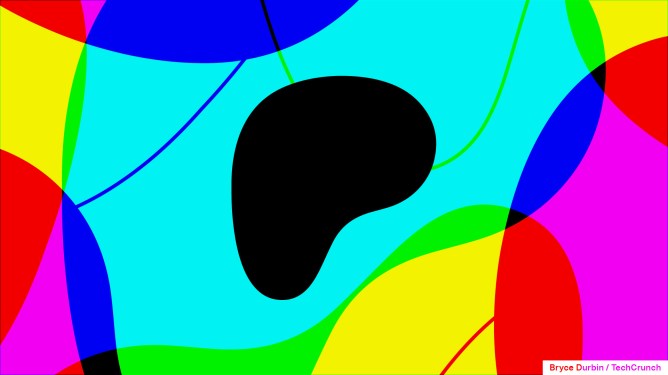
On Thursday, OpenAI made a significant announcement: the introduction of an innovative interface called ‘canvas’ to interact with ChatGPT. This new feature is designed to make it easier for users to collaborate with the AI chatbot and work on projects more efficiently.
What is Canvas?
Canvas is a separate window that opens alongside the normal chat window, providing a dedicated workspace for writing and coding projects. Users can generate text or code directly within this canvas, then highlight specific sections of their work to have ChatGPT edit or improve them.
Rollout and Availability
The ‘canvas’ feature is currently in beta and available exclusively to ChatGPT Plus and Teams users. However, OpenAI has announced that it will be rolling out the feature to Enterprise and Edu users next week. Once canvas is out of beta, OpenAI plans to offer this feature to free users as well.
A Convergence of AI Providers
Several consumer AI providers are converging around editable workspaces as a practical way to use generative AI. ChatGPT’s new interface offers similar features to Anthropic’s Artifacts, launched in June, and the viral coding companion, Cursor. OpenAI is racing to match competitor offerings and launch entirely new capabilities in ChatGPT to grow its paid user base.
How Does Canvas Work?
During a demo with TechCrunch, Daniel Levine, an OpenAI product manager, showcased how users can interact with canvas. To access the feature, users simply need to select ‘GPT-4o with canvas’ from the model picker drop-down window. Alternatively, they can type ‘use canvas’ to automatically open a project window.
Collaborating with ChatGPT
Levine demonstrated how canvas can help users write an email by generating text in the canvas window. Users can then adjust the length of the writing by toggling a slider and ask ChatGPT to make changes such as ‘make this sound friendlier’ or add emojis. Additionally, users can highlight specific sentences and ask ChatGPT to rewrite them in another language.
Coding with Canvas
The features for the coding canvas are slightly different from those of the writing canvas. Levine prompted ChatGPT to create an API web server in Python, which spawned in the canvas window. By pressing the ‘add comments’ button, ChatGPT will add in-line documentation to explain the code in plain English.
Code Review and Explanation
Users can also highlight sections of code that ChatGPT created and ask the chatbot to explain them or provide additional information about specific parts of the code. ChatGPT is also getting a new ‘review code’ button, which will suggest specific edits for the code in the window.
Benefits of Canvas
Canvas offers several benefits over traditional interfaces:
- It allows users to fix parts of an AI chatbot’s output that are wrong without having to scrutinize their prompt and generate a whole new stretch of code.
- It provides a more natural interface for collaborating with ChatGPT, enabling users to work on projects more efficiently.
Future Plans
Once canvas is out of beta, OpenAI plans to offer the feature to free users as well. This move is expected to increase the adoption rate of ChatGPT and contribute to the growth of its paid user base.
In conclusion, OpenAI’s introduction of ‘canvas’ marks a significant step forward in the development of AI-powered interfaces. The canvas feature is poised to revolutionize the way users interact with ChatGPT, making it easier for them to collaborate with the AI chatbot and work on projects more efficiently.
Related Articles
- Venture Generative AI funding reached new heights in 2024
- Microsoft to spend $80 billion in FY’25 on data centers for AI
Stay Up-to-Date with the Latest News and Developments in AI
Subscribe to TechCrunch’s newsletter, AITechCrunch, for the latest news and insights on the fast-moving field of artificial intelligence.








